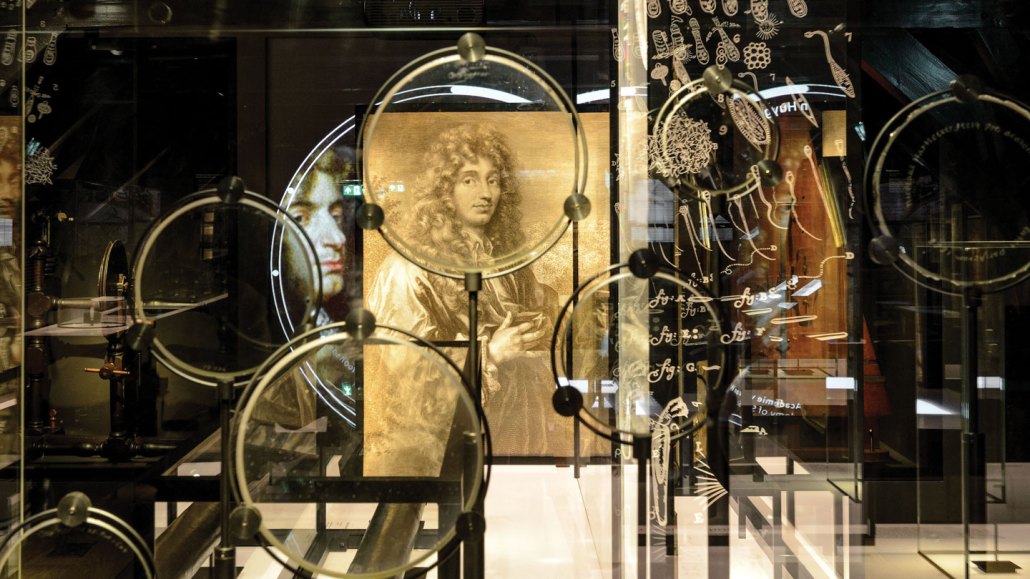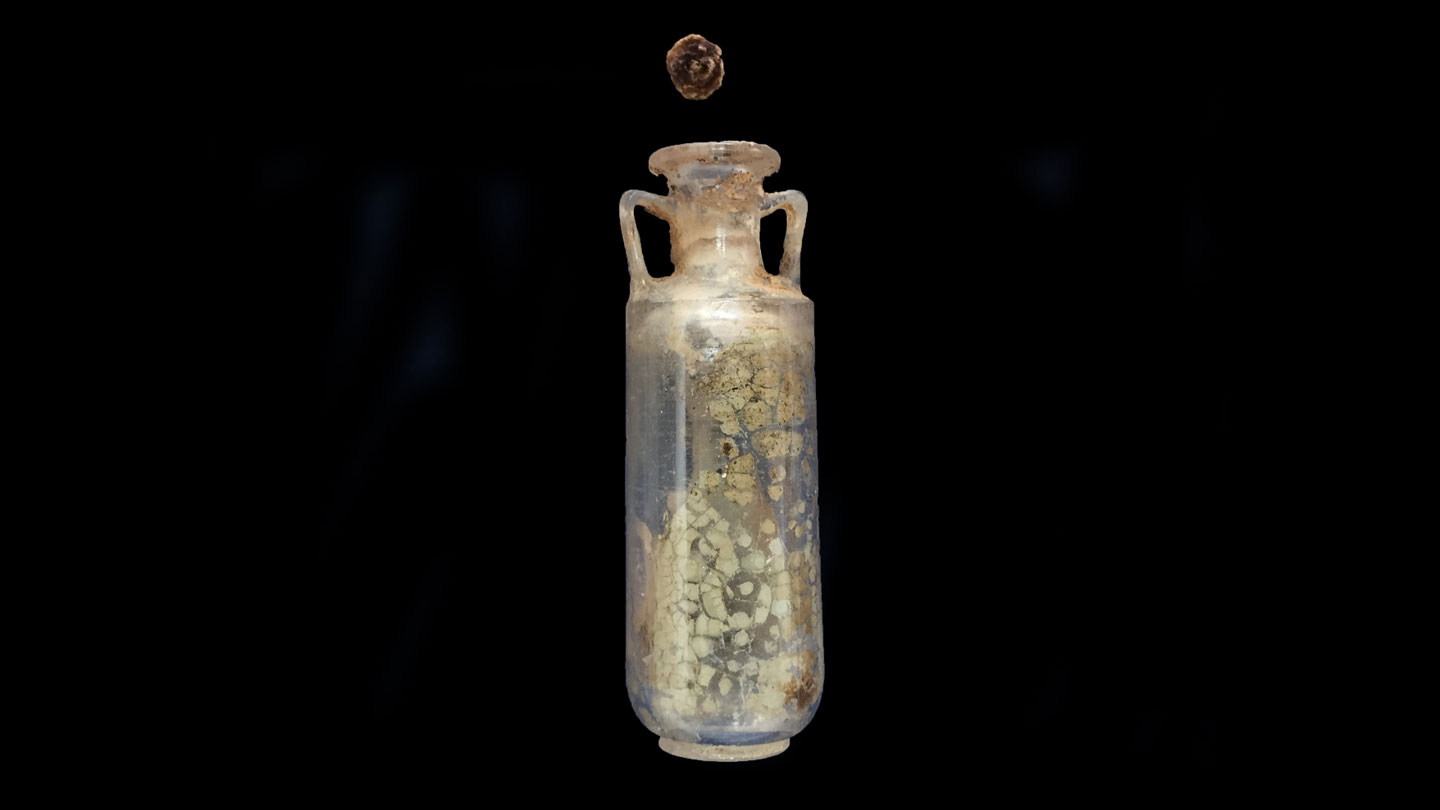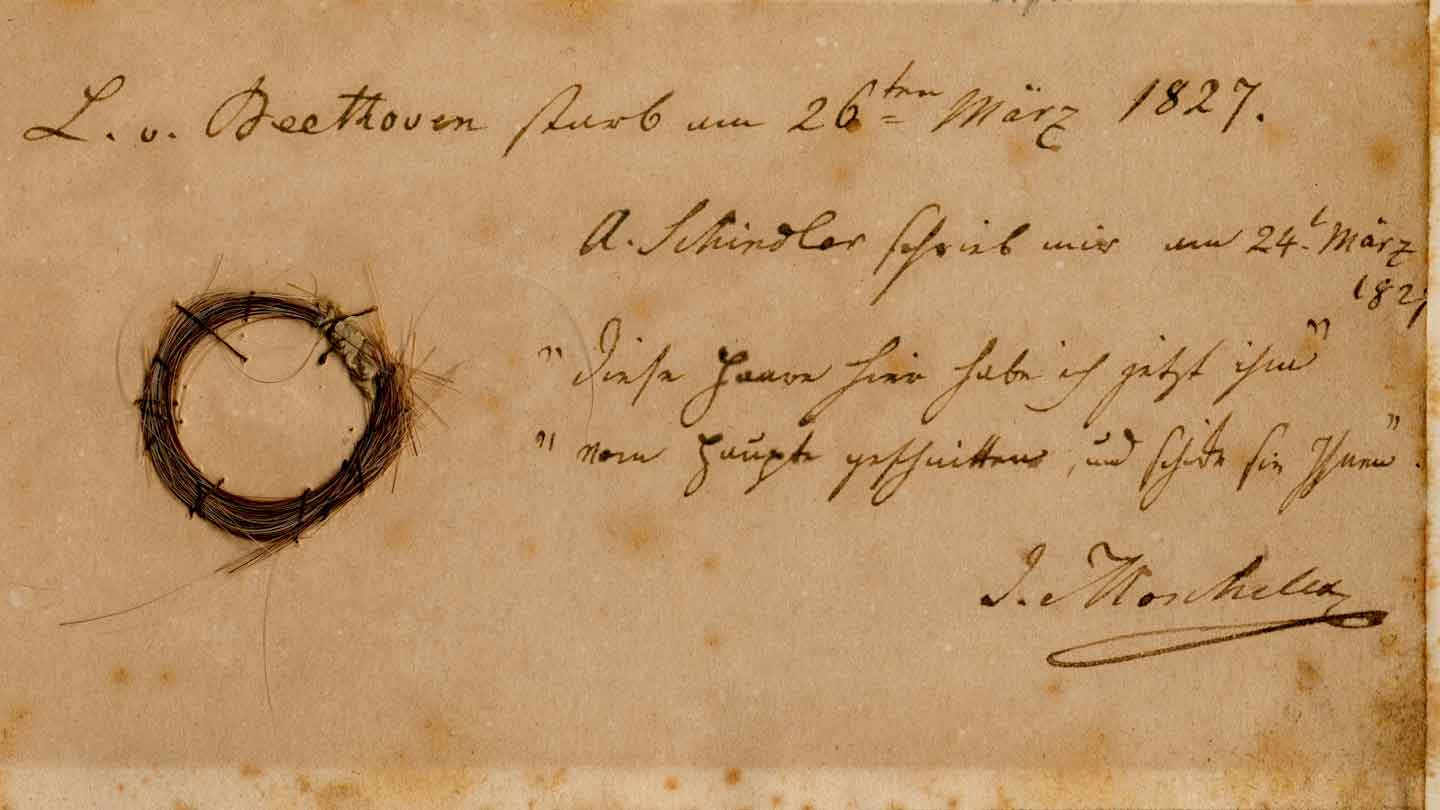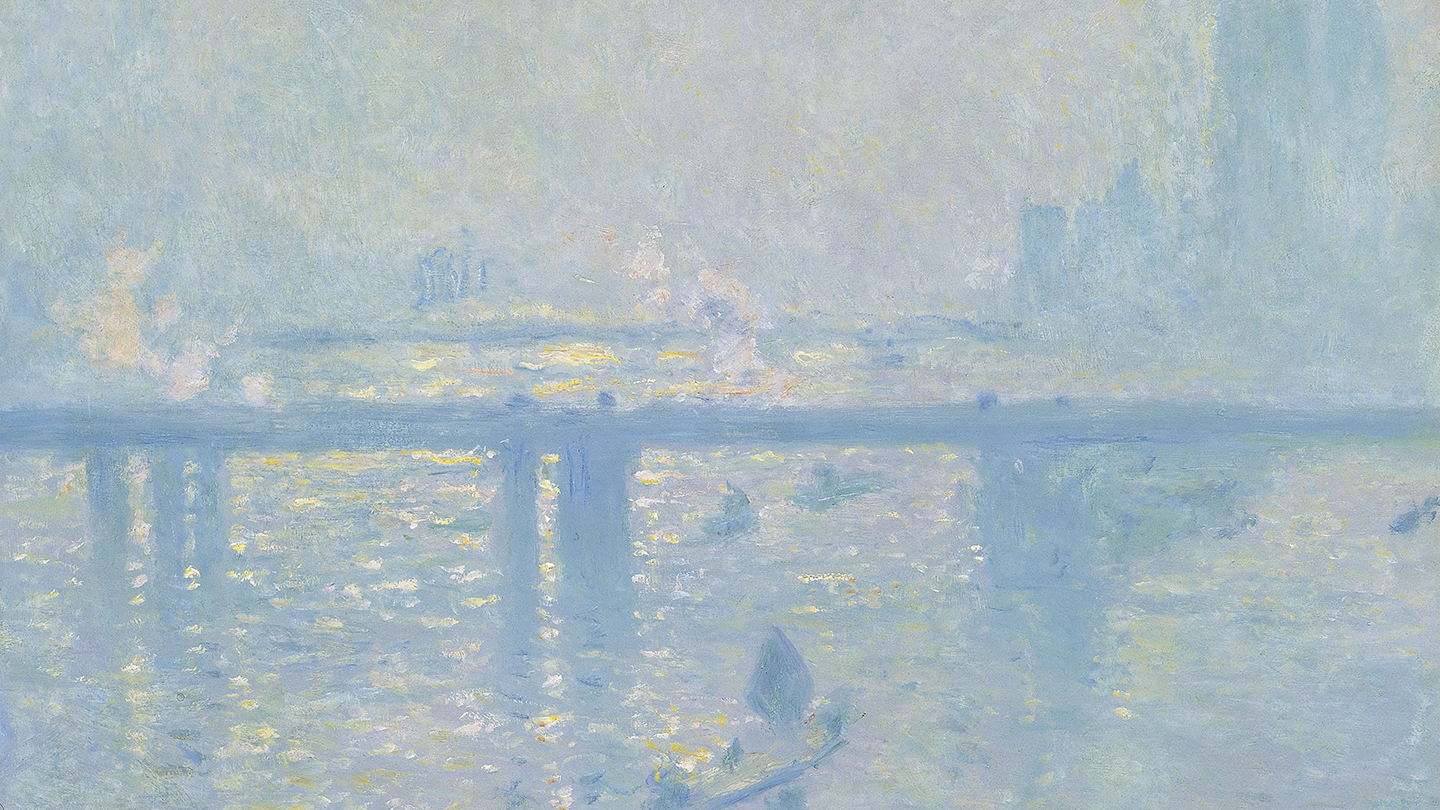History buffs will dig these 5 science stories from 2023

Christiaan Huygens’ telescopes weren’t as good as his rivals’, even though his lenses (a few shown with a portrait of Huygens) were well made. That may be because the 17th century astronomer needed glasses.
RIJKSMUSEUM BOERHAAVE, LEIDEN
- More than 2 years ago
Science occasionally gives us clearer views of the distant past. This year, researchers opened windows into the life and times of ancient Romans, impressionist painters and other towering historical figures.
Huygens’ hazy telescopes
Christiaan Huygens, the 17th-century Dutch astronomer best known for his studies of Saturn’s moons and rings, may have needed glasses. That would explain why the telescopes he designed weren’t as sharp as those of his peers, a researcher argues (SN: 4/22/23, p. 5). A closer look at Huygens’ telescope lenses suggests the scientist was nearsighted. The lenses probably overmagnified his view of the cosmos, making distant objects appear clear to him but fuzzy to others.
Vintage essence
What did the ancient Romans smell like? Chemical analyses of a 2,000-year-old perfume bottle from an elite woman’s grave suggest a familiar earthy scent: patchouli (SN: 7/1/23, p. 14). Patchouli oil permeates modern fragrances, but its use in ancient Rome had been unknown. Perfume extracts that are this old typically dissipate and become lost to history. But the quartz flask was found intact with a bitumen seal that adsorbed some of the perfume molecules, preserving them for millennia.

Forgery fighter
Infrared and X-ray scans of more than 600 paper bills made by Benjamin Franklin’s prolific printing press revealed colorful threads and shiny mineral residues (SN: 8/26/23, p. 5). The additives, used to stymie counterfeiters and boost the bills’ durability, helped set the standard for paper currency in colonial America, researchers say.

Decoding Beethoven’s coda
Ludwig van Beethoven’s DNA supports what many historians have suspected: The composer likely died of liver failure (SN: 4/22/23, p. 16). Until now, the theory largely rested on reports that Beethoven had been drinking a lot of alcohol shortly before his death in 1827. While reconstructing Beethoven’s genome from samples of his hair, researchers discovered he also had a genetic risk for liver disease. The composer also suffered from a hepatitis B infection, the team determined, further compounding his susceptibility to liver damage.

Shrouded in smoke
The Industrial Revolution may have shaped impressionist art — literally. An analysis of more than 100 paintings by artists such as Claude Monet and Joseph Mallord William Turner found that changes in contrast, color and visibility track over time with rising air pollution in London and Paris (SN: 3/25/23, p. 4). Particles in smog absorb and scatter light, reducing contrast and making colors whiter. As air pollution worsened throughout the 19th century, impressionist paintings grew paler and hazier just as artists’ views of their subjects did.








